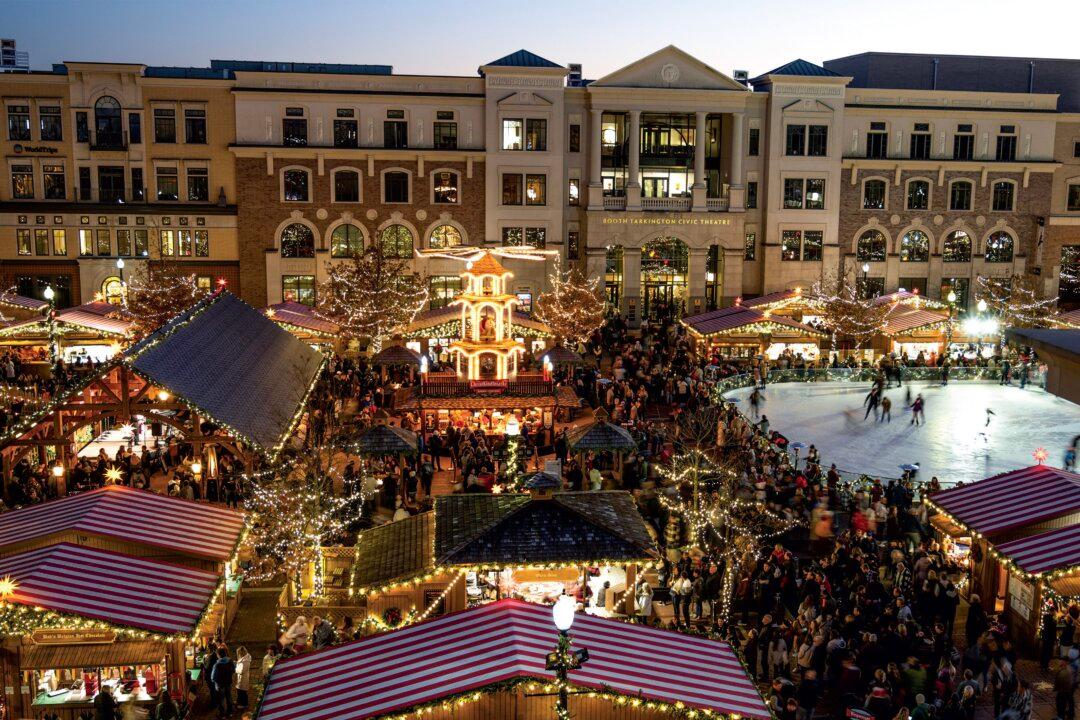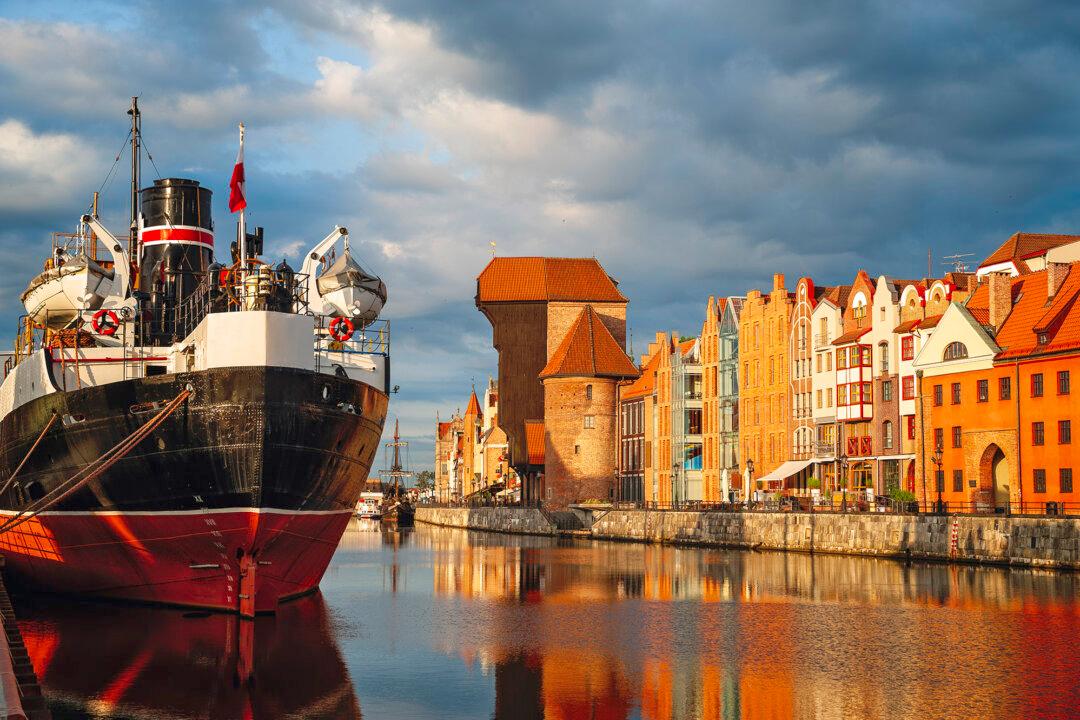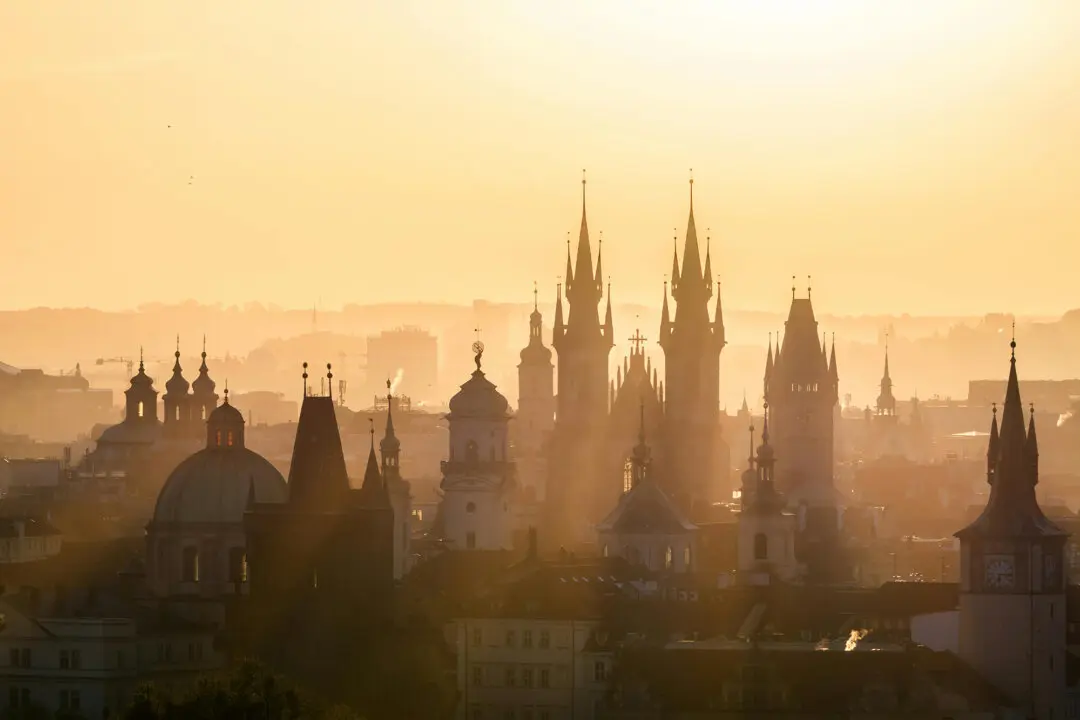Santiago seemed to last forever. The peaks rose on the horizon, those great continent-dividing Andes Mountains, dusted with white across their uppermost reaches. Close enough to touch, it seemed, but still so very far away. For what seemed like a long time, we wound through the traffic-choked thoroughfares of the Chilean capital, gliding from freeways to city streets, taking locals-only shortcuts and brief dashes across small neighborhoods.
“We’re going to where the Maipo begins!” declared Andres, a finger held in the air, the other hand firmly on the wheel.





